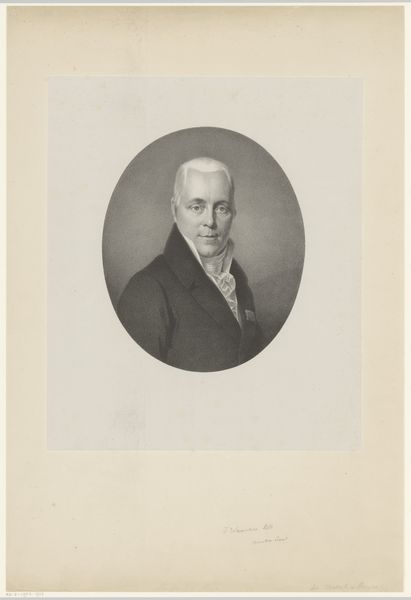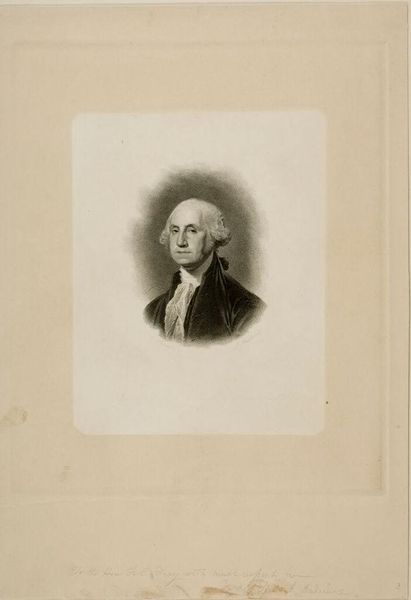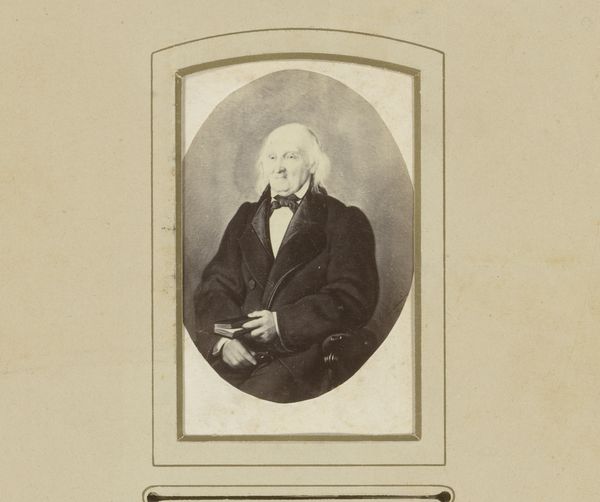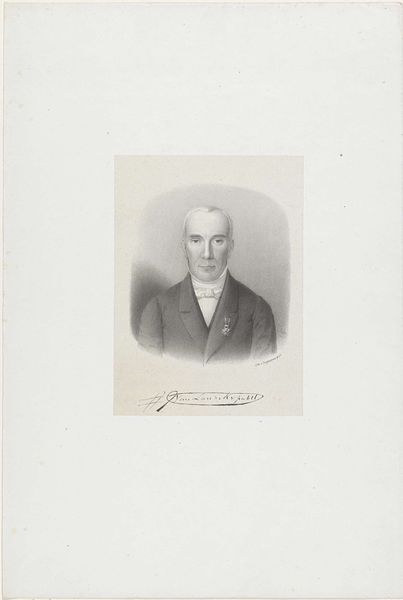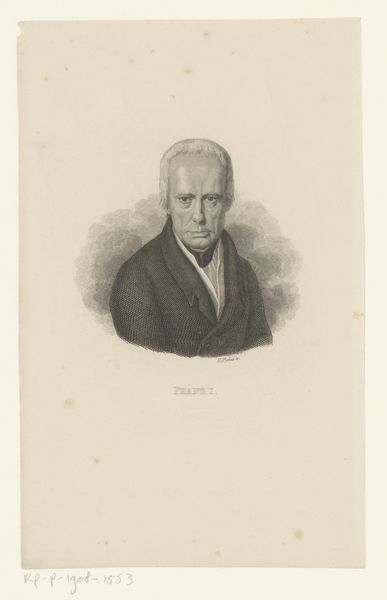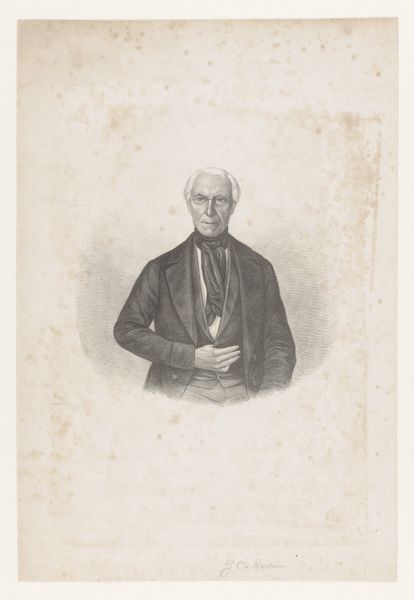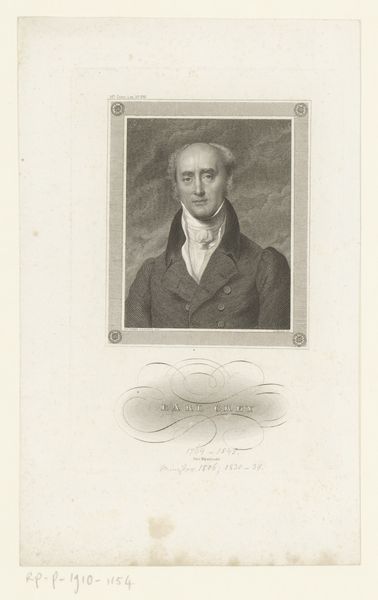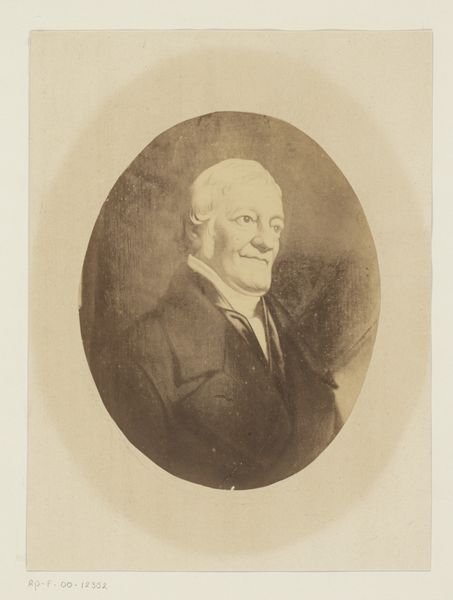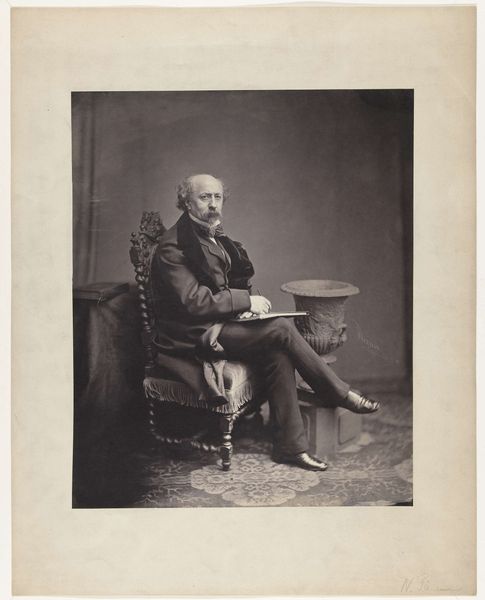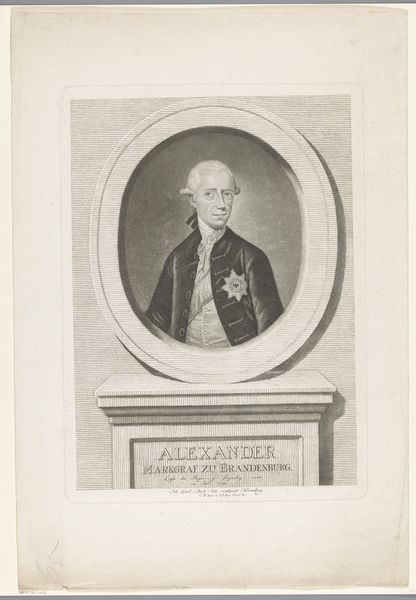
print, engraving
#
portrait
#
neoclacissism
# print
#
old engraving style
#
historical photography
#
pencil drawing
#
19th century
#
engraving
Dimensions: height 495 mm, width 374 mm
Copyright: Rijks Museum: Open Domain
This portrait of Emperor Francis II was made by Tommaso Benedetti, sometime in the first half of the 19th century. It's an engraving, meaning that the image you see was incised into a metal plate, inked, and then printed onto paper. Look closely, and you'll notice the incredible density of lines. These weren't drawn freely, but were each carefully cut into the metal. It was a slow, deliberate process that demanded tremendous skill. Engraving was at this time a reproductive medium. The goal was to capture the likeness of the Emperor with accuracy, for distribution in printed form. It's interesting to consider the labor involved, especially given that the image depicts a figure of power. We might think of this engraving as a kind of early form of mass media, using detailed handwork to disseminate an image of authority. This reminds us that all images – even those that seem straightforward – are the product of choices, both artistic and political. Ultimately, understanding the materials and processes behind an artwork brings us closer to the world in which it was made.
Comments
No comments
Be the first to comment and join the conversation on the ultimate creative platform.
